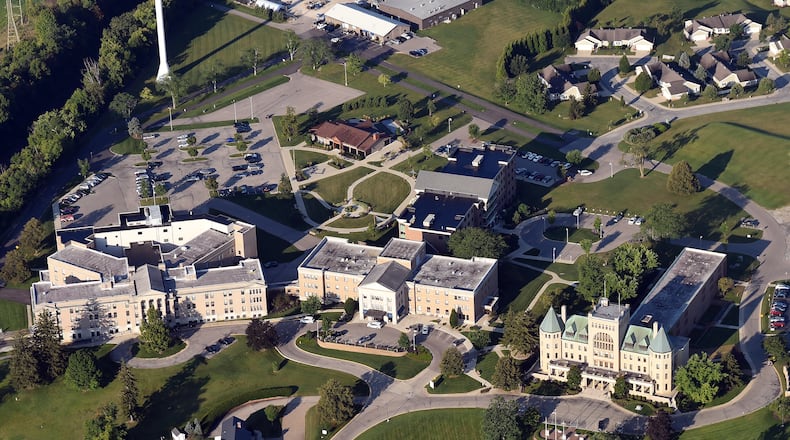It is unclear when the orphanage was shut down, however, it only existed for the first 40 to 60 years of the home’s existence. Following the closing of the orphanage, the property became focused on housing and care for elderly masons.
The restrictions placed on who could use the facility was due to the large, exclusive population of Masons at the time. The Ohio Masons are also the group which founded and maintained the facility for many years. However, as the years progressed, that population dwindled forcing the OMH to open up to the public at large.
Throughout the 1980s, the masonic population dwindled significantly, leaving facilities at the OMH to sit empty and unused.
“When we made the transition and the decision to open up to the general public, it was mostly because we had these facilities and we had the ability to take care of people,” Berardi said. “And use the principles and, and kind of guidance of masonry to provide the top level care.”
The home opened to the public in 1995 and has continued to provide care and housing to this day.
Over the years the property has experienced many changes, not only through population, but through buildings and capabilities as well.
Today, the oldest building on the property is what is commonly referred to as “the castle,” or, Bushnell Hall. The cornerstone for that building was poured inn 1892. Many different buildings have been torn down and built, Berardi said. However, there are currently eight buildings on the campus and all are in use.
The OMH provides many different levels of care, from fully assisted living to very open and free living with support when necessary.
Now, residents have access to a large variety of different activities, including a woodshop, painting, sewing and more, Sandy and Ken Macgill, a couple currently living at OMH said. The Macgills moved into the OMH during the COVID-19 pandemic, limiting their initial experience with what it could provide.
To spite their initial circumstances however, they made the best of the situation and have come to the conclusion that anyone who says they are bored living there is simply not taking advantage of what is available. Ken emphasized how much time he spends in the woodshop, both creating for himself and teaching others how to create various items. Sandy shared her love for going in the painting and sewing rooms to work on projects.
Both Berardi and the Macgills highlighted the sense of community within the OMH, with Berardi focusing on the length of time the community has been there and involved. He emphasized how it has continued to be strong, and only increased when the home opened to the public.
“The staff here is what I would consider excellent. They go out of their way a number of times to help people do something they need. I can’t say enough about our staff,” Ken said. “I mean, I’m talking about the administration, the nursing, the house care. Everybody is just so wonderful here and I’m really glad that we came.”
About the Author
